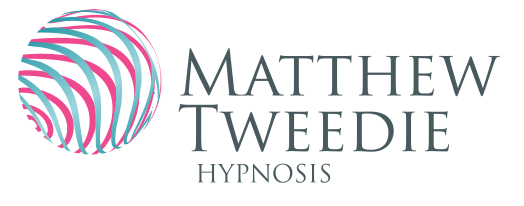H 1
Heart 1
The acupoint known as "HT 1," or "Ji Quan" in pinyin. Also, this is referred to as the "Highest Spring" in English. This acupuncture point is situated at the center of the axilla. It is on the radial side of the axillary artery.
HT 1 offers a range of potential clinical applications, making it a versatile option for addressing various issues and symptoms, such as:
1. Regulating Qi Flow: HT 1 can help facilitate the flow of Qi between the torso and the arm, addressing concerns like cold sensations, numbness, or pain in the shoulder or arm.
2. Cardiac Region Discomfort: It is useful for managing pain in the cardiac region, which includes heart pain, chest discomfort, shortness of breath, anxiety, and palpitations.
3. Frozen Shoulder: HT 1 can be beneficial for individuals dealing with frozen shoulder.
4. Upper Thoracic Pain and Distention: It can also alleviate pain or distention in the upper thoracic area.
However, it's important to be aware of certain precautions associated with HT 1, which are outlined in our precautions list.
One noteworthy theoretical association of HT 1 is its role as an Entry Exit Point, a concept in acupuncture theory. It's advisable to explore the functional grouping theory of HT 1 and consider its relevance in various point categories and related theories.
While a single acupuncture point alone may not typically be seen as the sole solution for addressing a Traditional Chinese Medicine (TCM) diagnostic pattern, HT 1 stands out as a promising option when integrated into a comprehensive acupuncture treatment plan. This is particularly relevant for patients exhibiting symptoms of Heart Blood Stagnation.
HT 1, when strategically incorporated into an acupuncture treatment protocol, has the potential to influence various conditions, including Adhesive Capsulitis (Frozen Shoulder), Chest Pain, Anxiety, Palpitations, Heart Disease, and Shoulder Pain.


